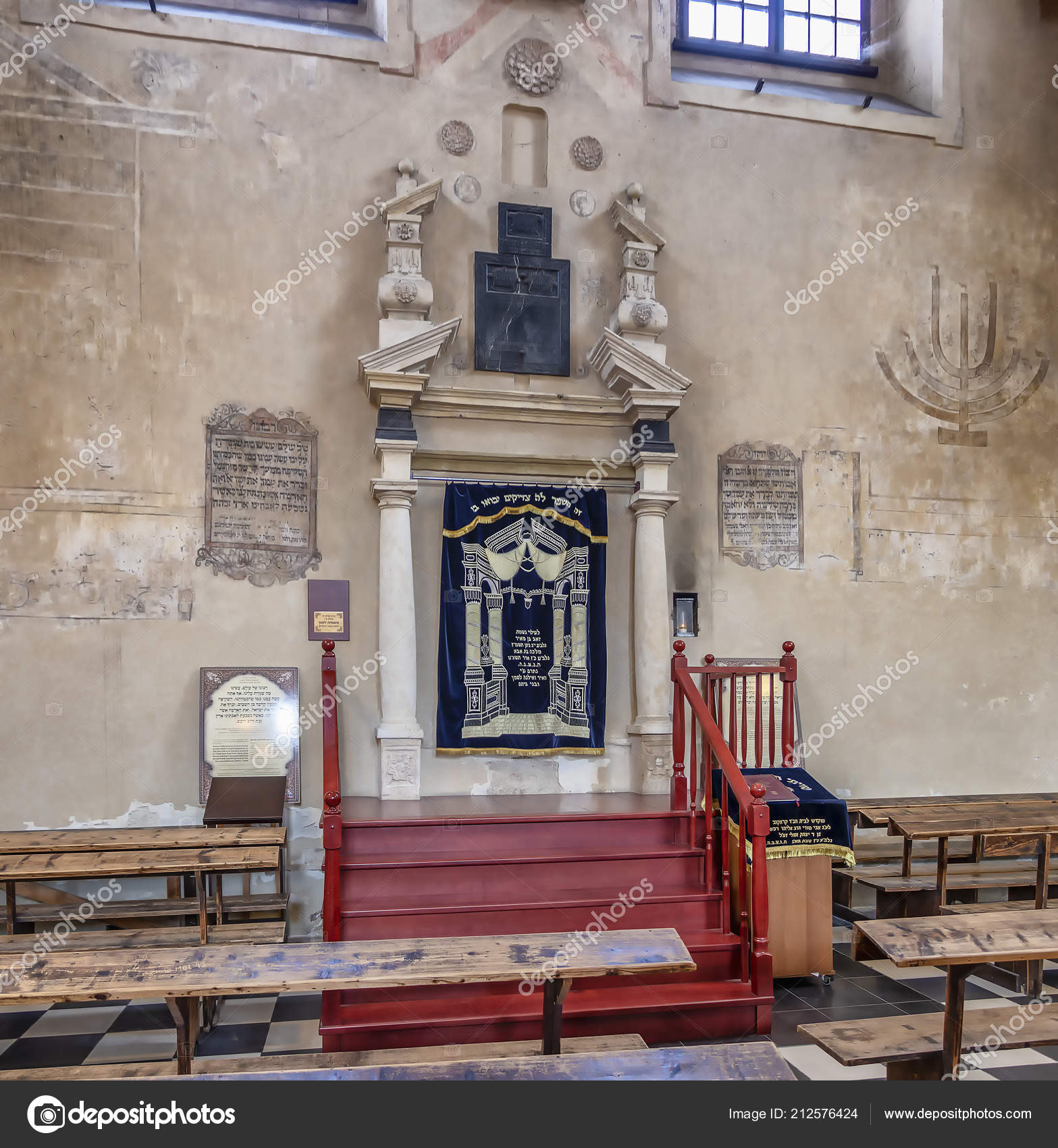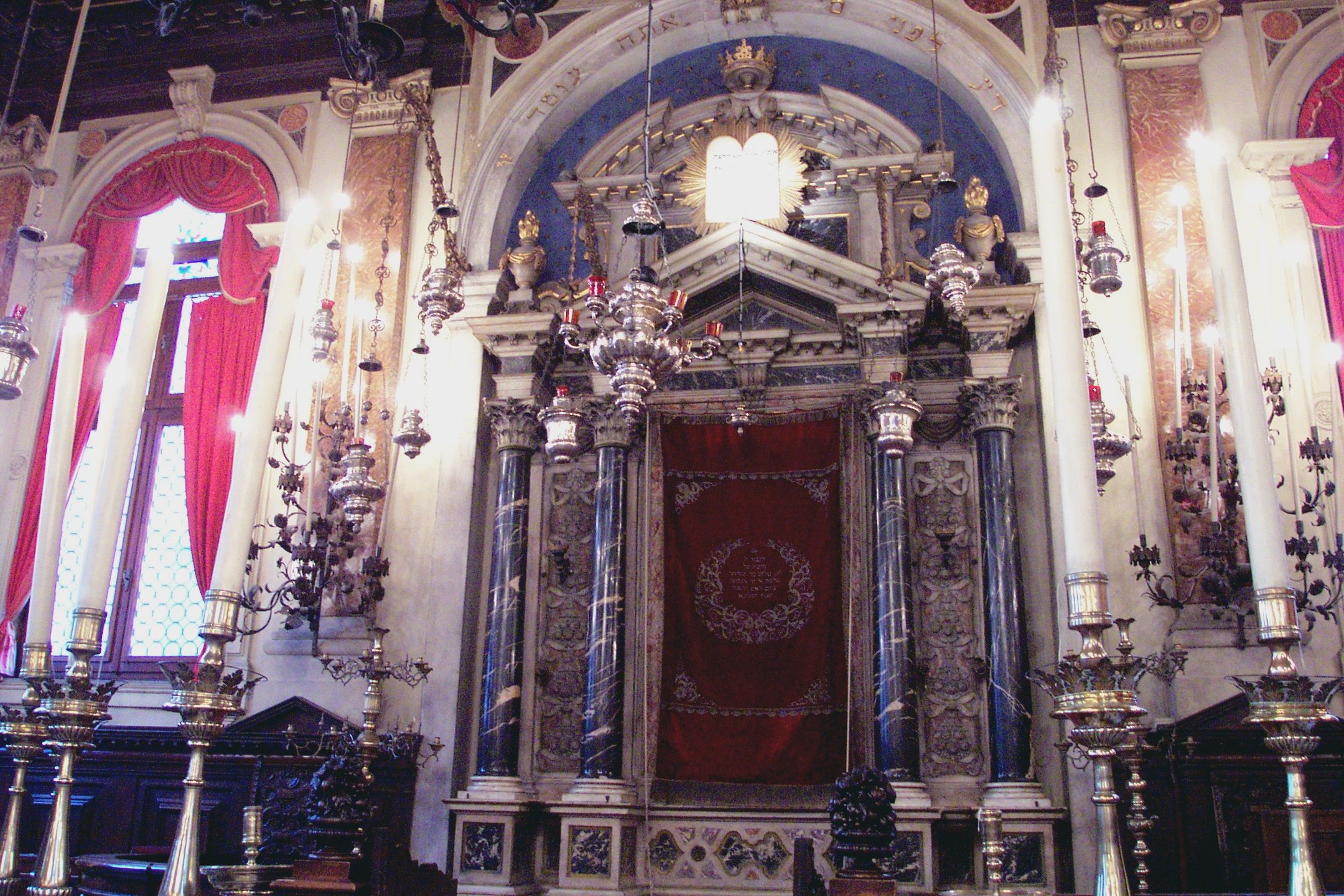Hi. I would very much appreciate some help with some research I'm doing on the following piece from any who have sharper eyes than me or are more knowledgeable on the subject.
Intro:
Meet the "Vilna Shaar", also known as the "Shaar Blatt", the title page of the 3rd edition of the Vilna Shas (full set of Talmud printed by the Romm Family printing company in Vilnius, Lithuania):

This title page is quite famous in the Jewish world because it's been reused for many subsequent editions of the Talmud and many other Jewish books.
It's an engraving, probably made based on Baroque style-architecture (from my amateur, no-nothing point of view ), which was based on the style of many title pages of the era, and in particular, Jewish title pages. The concept of the title page was to be a kind of "gate", inviting the reader to delve into the world of the book, and was based on the verse in Psalms 118 "This is the gate of the LORD; the righteous shall enter into it." As such, the Hebrew name of the piece is "Shaar", which means gate. The style was based on the style of European synagogue holy arks of the era (though after having scoured many different synagogue pictures (and even some churches), I think it's more probable that this wasn't based on any particular ark but at best is an amalgam of several or a completely custom design of the engraver (also because there's a bit of an angle issue with the four columns)).
), which was based on the style of many title pages of the era, and in particular, Jewish title pages. The concept of the title page was to be a kind of "gate", inviting the reader to delve into the world of the book, and was based on the verse in Psalms 118 "This is the gate of the LORD; the righteous shall enter into it." As such, the Hebrew name of the piece is "Shaar", which means gate. The style was based on the style of European synagogue holy arks of the era (though after having scoured many different synagogue pictures (and even some churches), I think it's more probable that this wasn't based on any particular ark but at best is an amalgam of several or a completely custom design of the engraver (also because there's a bit of an angle issue with the four columns)).
For many years, though, I've been wondering who created it. Having carefully examined several versions of the title page, including a first-printing copy available online, I managed to find what I thought were three inscriptions on the lower-half of the image:
1.

This appears on the bottom-right step. Cross-checking with other versions and asking an expert by email from The Center For Jewish Art, I'm almost 100% certain that it says "PYS. S. HOLG" - does anyone know to what or to whom it's referring to? Plausible guesses also appreciated.
2.

This is on the top-left corner of the left base-cube. I thought it may be in Hebrew, but I can't make it out. The same expert told me she thinks it's just line-art that looks like writing, possible just a mistake in the engraving, so it may very well be one. The reasons I think that it may be an inscription is: a. You don't really such possible mistakes anywhere else on the piece - not something so vivid, anyway - this engraver was quite precise in his work. b. Later copies of this title page have erased this inscription. Usually things like this are done to avoid copyright issues (inscription no. 1 was also erased in some editions, but poorly). Thoughts on the matter would be appreciated.
3.

This is on the bottom-left step. I originally thought it was some kind of Russian-book-serial-number (like the ISBN system), but the expert told me that it's a name. She managed to make out most of the last name, which is something along the lines of "Bruchoski" or "Bruchocki", but couldn't make anything else. Here's another version:

I will be very thankful if anyone could make heads or tails of this inscription and tell me what it says.
Furthermore, if anyone knows of a probably 19th century (because sometimes older art was reused) engraver with a similar name, or if anyone has any information on the maker of this piece, I'd be very happy to hear.
Intro:
Meet the "Vilna Shaar", also known as the "Shaar Blatt", the title page of the 3rd edition of the Vilna Shas (full set of Talmud printed by the Romm Family printing company in Vilnius, Lithuania):

This title page is quite famous in the Jewish world because it's been reused for many subsequent editions of the Talmud and many other Jewish books.
It's an engraving, probably made based on Baroque style-architecture (from my amateur, no-nothing point of view
For many years, though, I've been wondering who created it. Having carefully examined several versions of the title page, including a first-printing copy available online, I managed to find what I thought were three inscriptions on the lower-half of the image:
1.
This appears on the bottom-right step. Cross-checking with other versions and asking an expert by email from The Center For Jewish Art, I'm almost 100% certain that it says "PYS. S. HOLG" - does anyone know to what or to whom it's referring to? Plausible guesses also appreciated.
2.
This is on the top-left corner of the left base-cube. I thought it may be in Hebrew, but I can't make it out. The same expert told me she thinks it's just line-art that looks like writing, possible just a mistake in the engraving, so it may very well be one. The reasons I think that it may be an inscription is: a. You don't really such possible mistakes anywhere else on the piece - not something so vivid, anyway - this engraver was quite precise in his work. b. Later copies of this title page have erased this inscription. Usually things like this are done to avoid copyright issues (inscription no. 1 was also erased in some editions, but poorly). Thoughts on the matter would be appreciated.
3.
This is on the bottom-left step. I originally thought it was some kind of Russian-book-serial-number (like the ISBN system), but the expert told me that it's a name. She managed to make out most of the last name, which is something along the lines of "Bruchoski" or "Bruchocki", but couldn't make anything else. Here's another version:
I will be very thankful if anyone could make heads or tails of this inscription and tell me what it says.
Furthermore, if anyone knows of a probably 19th century (because sometimes older art was reused) engraver with a similar name, or if anyone has any information on the maker of this piece, I'd be very happy to hear.


